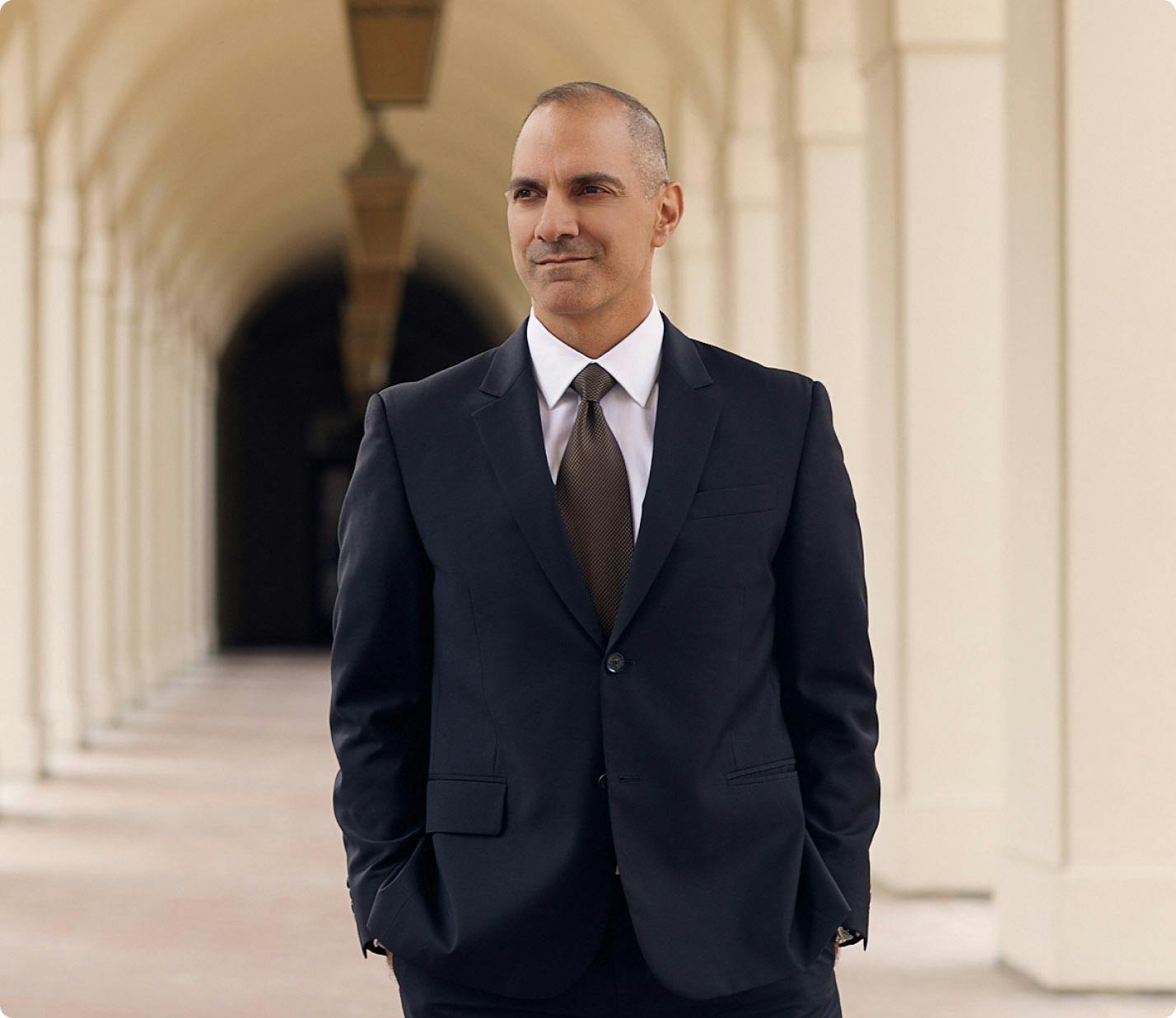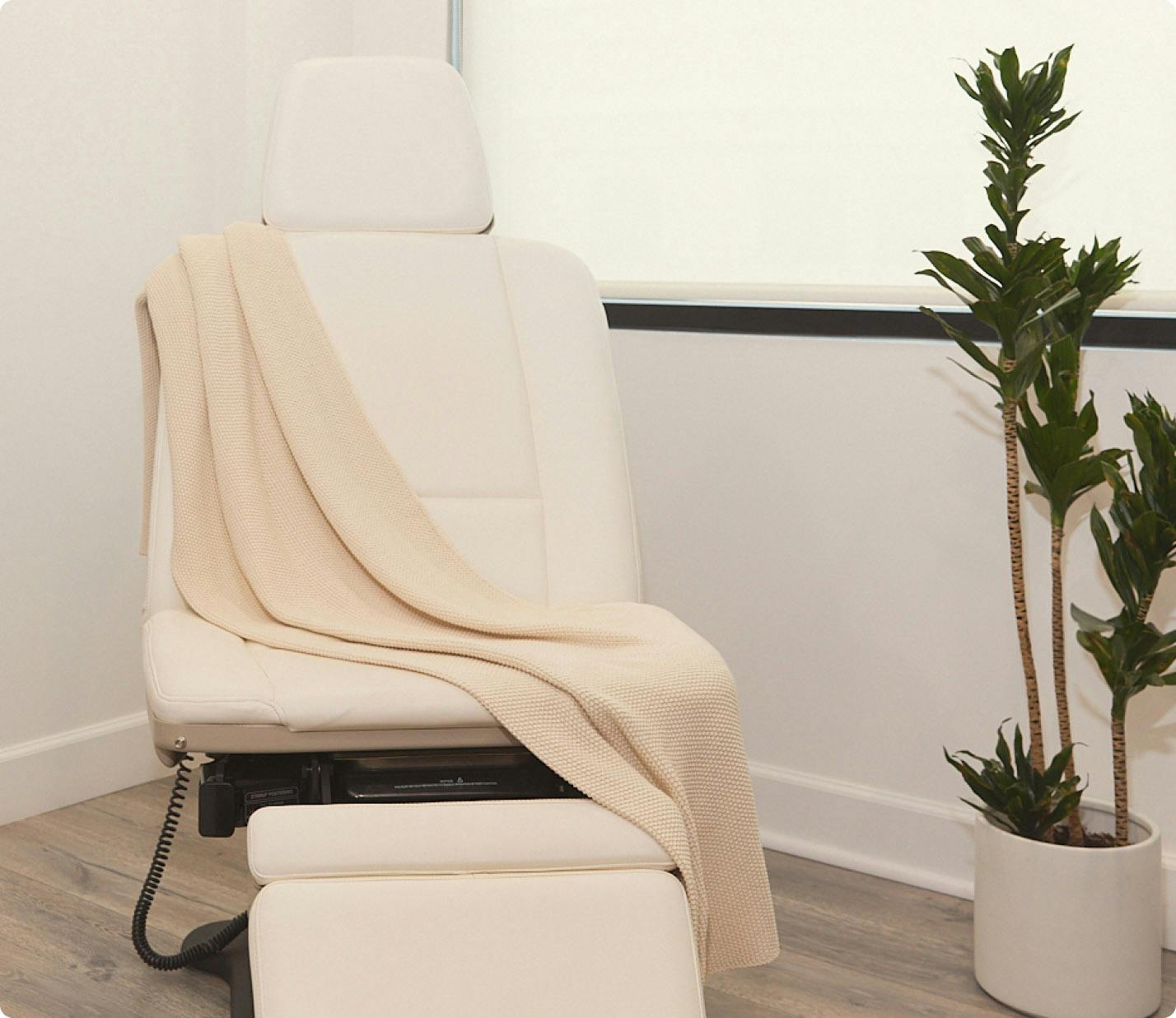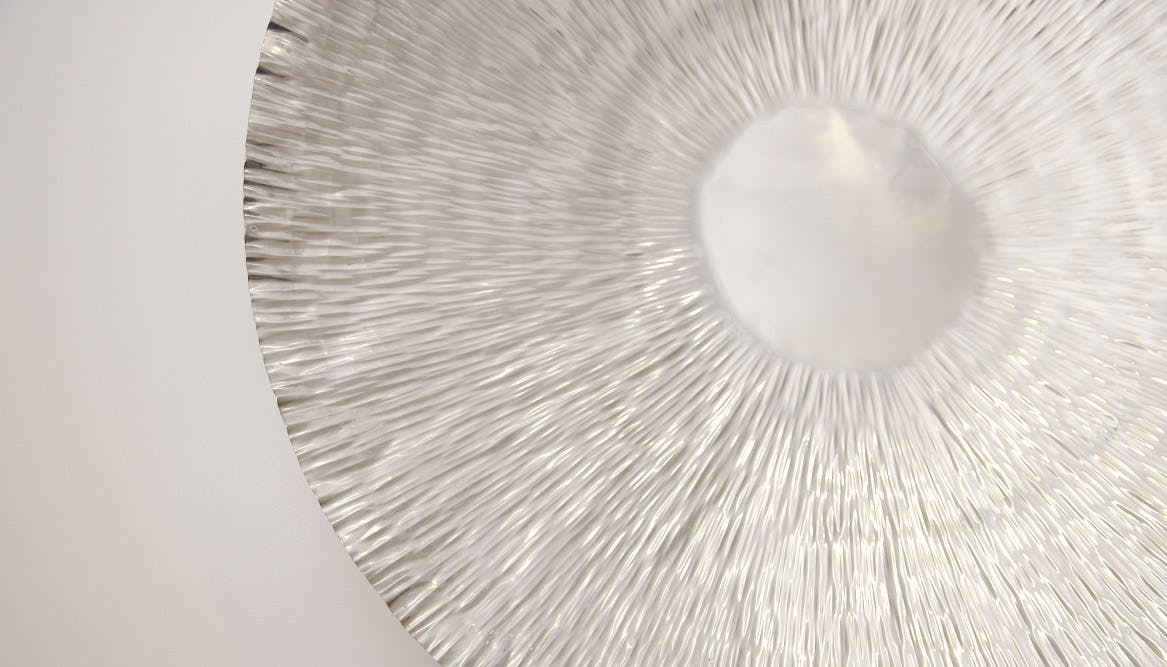Our specialized treatment offers a renewed sense of confidence and functionality for individuals experiencing facial paralysis.
What Are The Risks And Complications Of Botox?
Botox® has minimal risks and has been used widely for various applications. Allergic reaction, bruising, lack of effect, and migration to adjacent muscle groups have been known to occur. Depending upon the area, this can mean paralysis of unintended muscles. For example, Botox® injected into the forehead may result in eyelid droop. Nonetheless, the risks and complications are rare and quite minimal. Dr. Panossian is an expert in the use of Botox® and other interventions for facial paralysis. Botox® injections are most often performed comfortably in the office with no downtime.










